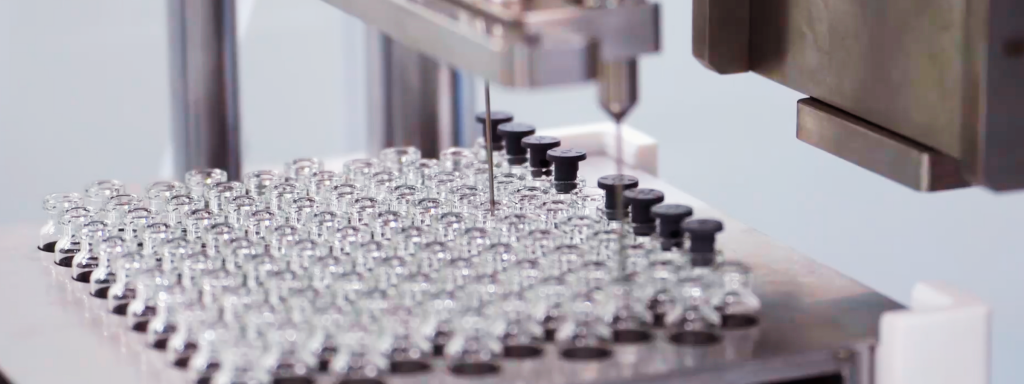Why do we need to conduct cell identification?
1. What is cell line identification?
The so-called cell line identification refers to the genetic characteristics of a cell line established through STR (short tandem repeat) mapping. After the genetic characteristics of a cell line are established, the cell line can be regularly tested to prevent misidentification or cross contamination.
Why is cell line identification necessary?
It is important to conduct cell line STR identification first. Many biomedical studies use cultured cells, which may have been donated to other researchers or obtained from cell banks such as the American Type Culture Collection (ATCC) in the United States. It is estimated that 15-20% of laboratories use cells that are no longer the original cell lines or have been cross contaminated with other cell lines. Obviously, contamination and incorrect feature identification of cell lines will greatly threaten the quality of papers published based on these cells and the correctness of research findings. For this reason, many cell banks now need to identify submitted cell lines and monitor cross contamination between cell lines.
Nowadays, many institutions have recognized the importance of this, such as ATCC and FDA, which require that materials used in experiments in the pharmaceutical field, such as cell lines, should undergo “identification” and purity testing. Many magazines also require articles using cell lines to provide STR fingerprint data.
The FDA recommends that researchers identify the identity of cell lines at an early stage of cell culture (the first week of cell culture). Cells should be identified again before being frozen; For actively growing cells, they should be identified every two months; Before publication, the identity of the cell line should also be identified.
If a laboratory uses more than one cell line, all cell lines should be identified at the beginning of the experiment to eliminate cross contamination.
This will reduce the risk of invalid or misleading experimental data caused by cross contamination or identity misidentification of cell lines.
How to conduct cell line identification?
Cell line identification is currently mainly based on the standards of the Identity Authentication Committee. According to this standard, multiple fluorescence PCR technology can be used to detect 8 STR loci and 1 sex determination locus in human sources.
When is cell line identification necessary?
1) When establishing or acquiring a new cell line;
2) At the beginning/end of a cell assay project;
3) Before cell cryopreservation, or when cells have been continuously cultured for 2-3 months;
4) Before publishing an article or applying for research funding;
5) When the cell line exhibits instability or results differ significantly from expectations;
6) When more than one cell line is used in the laboratory, all cell lines are first identified to rule out the possibility of cross contamination.
Share on:
Facebook
Twitter
Pinterest
WhatsApp
Recent posts
We recommend


